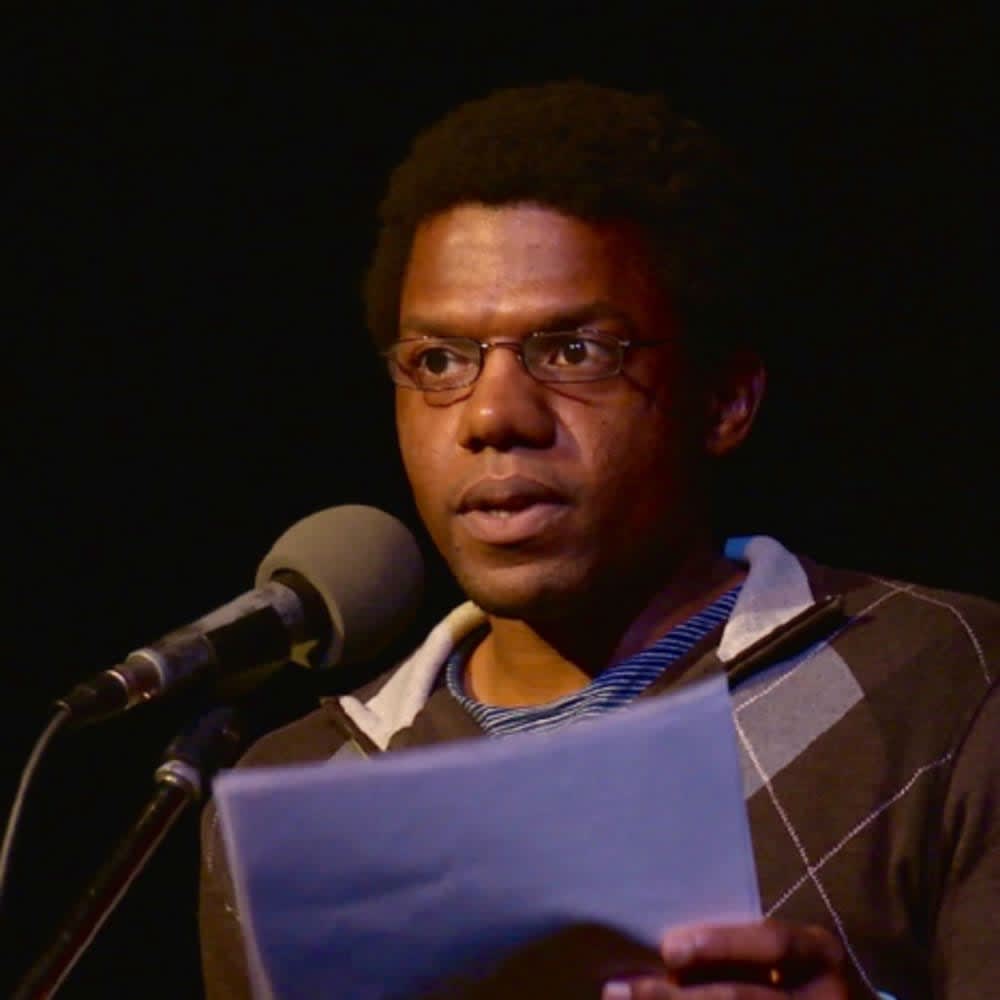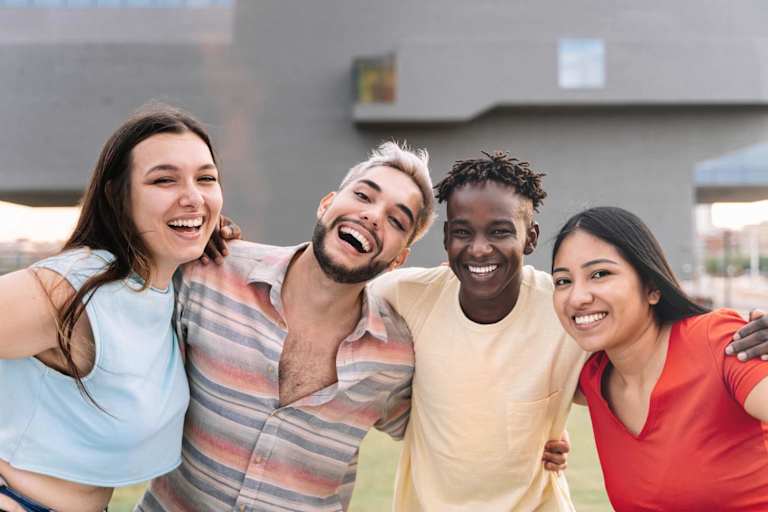How My Virtual Community Helped Me Cope With Isolation at a PWI
I’ve always been obsessed with film and TV. I loved the feeling of uncovering a hidden world, of watching places and people unfold before me from the comfort of my bed.
During my high school years, I grew up in Queens, New York, one of the most ethnically diverse urban areas in the world. As a South Asian femme, I had access to my own communities and could learn about countless others.
When life felt rough, I’d even imagine myself as the main character in my own show or movie, where every hardship was nothing more than a plot twist.
When the time came to begin college, I felt ready, like I’d built myself into the most complex and compelling character I possibly could. All that crumbled when I arrived at my predominantly white college campus in Geneva, New York.
Attending a Predominantly White Institution
My school had enormous sports fields, lush greenery, and a lake right at the edge of campus — things to explore that I couldn’t have even imagined back in Queens. Yet it felt like none of it mattered because, for the first time in my life, I felt starkly, undeniably different.
I didn’t realize until then how much I had taken my home’s cultural diversity for granted. There wasn’t a single moment of my life that wasn’t newly overshadowed by whiteness — suddenly every activity, even the most ordinary, became a reminder that I stuck out as a person of color. Every campus event, every meal at the dining hall, even every trip to the bathroom, came with a silent yet deafening realization: I was going to have to confront whiteness in every space for the next four years of my life.
- I felt it most in classrooms. As one of the few people of color in the room during most sessions, I often felt antagonized, especially when discussing issues of race or intersectional social justice. At times, my voice was drowned out. Other times, I was put on the spot and expected to speak on behalf of every minority, even on matters I’d never experienced myself.
At first, I tried to fight off the weight of this difference by looking for where I did belong. I regularly attended cultural club meetings, filled my schedule with courses on racial and gender identity, and sought out friendships almost exclusively with people of color. I did my best to keep in touch with the character I’d designed myself to be.
And though these choices brought some wonderful people and ideas into my life, I couldn’t help but notice that the white people on campus didn’t seem to give their own presence much thought — or at least they didn’t need to. Their whiteness meant they had nothing to prove.
Meanwhile, I was becoming ever more hypervigilant, doing everything I could to shape my presence and have it be received in the way I wanted. But I could only control my environment so much, and that unrelenting weight wouldn’t let up. I still felt singled out because I was not white, flattened, typecast.
That persona I’d so carefully crafted had slipped from my fingers. I was no longer defined by what I did or enjoyed, or even by what I was, but rather by what I was not.
Trying to Fit Into White Spaces
All at once, I became invisible and hypervisible. It was a burden I’d never had to learn to carry until then. But I told myself not to worry. After all, this was just another plot point in the coming-of-age movie that was my life. I decided that if this was the role I was assigned to play, I might as well give people a good show.
If campus events felt exclusive, I would show up and make it known. If I didn’t see a close friend at the dining hall, I’d spend my lunch alone. If I felt outnumbered in classroom debates, I’d throw myself into knowing the course material inside out and fight back.
This new character even seeped into my outward appearance and mannerisms. I stopped smiling at people, even those I knew, and would walk briskly through campus to avoid having to make conversation. I’d go out of my way to style myself unconventionally.
I imagined — hoped — that molding myself into someone intimidating would grant me armor and allure. Like I was on the sidelines by choice and not circumstance, and that somehow this projection of unapologetic individuality would give me the power I was looking for.
- Little did I realize how much I’d lose myself to this misguided mission. I became combative and inaccessible, and only perpetuated the isolation that I tried to claim control over. I hadn’t come any closer to being in touch with who I was or wanted to be — I’d just gotten wrapped up in a performance for an audience that didn’t exist.
It wasn’t until the mass isolation and political activism during the pandemic that the gravity of my performance hit me. In times of loss and loneliness, connection is one of the most important things we can offer each other.
After a year and a half at college, I’d grown to hide my fear of connection by refusing it all together, and it cost me when I really needed it.
Making Virtual Connections and Embracing My Vulnerability
Lucky for me, accepting my mistakes came a little easier from behind a computer screen. I spent that long summer in quarantine rebuilding relationships virtually, through late-night heart-to-hearts, study sessions, game nights, and watch parties — all over video chat.
The budding connections I made with people that summer felt different from when I started out at college. We all carried the weight of the pandemic to some extent, mourning what we lost and yearning for what was to come, but it was raw and it was shared.
Within the four walls of my bedroom, I could put aside the need to curate and display my life to others, and instead exist for the sake of existing. The things I did were no longer “plot,” and the person I became was no longer a “character” — I just was.
Above all, I learned that this was what lies at the heart of true vulnerability. You can do everything in your power to find a place within your environment — even if that’s on the sidelines — but who you are is not a means to an end.
As candid and emotional as onscreen stories can feel, real life goes on even when no one is watching. Our campuses are not movie sets and we are not characters, and it is only through vulnerability that we allow ourselves to be so much more.
- In hindsight, I can recognize that the walls I put around myself didn’t serve me, but many BIPOC and historically excluded students have no choice in the face of alienation. Their demands for respect and connection are often dismissed or even punished. However we choose to cultivate what we need within our schools, resisting histories of exclusionary oppression must be a mission shared by individuals and institutions alike.
I wouldn’t have been able to fight fully in this crucial mission if I hadn’t found my own voice through vulnerability. Learning how to truly embrace it — and how to wield it — is one of the most valuable lessons college has given me.
Meet the Author

Anu Rajagopal (they/any) is a soon-to-be graduate of Hobart and William Smith Colleges, where they study sociocultural anthropology and studio art. Her artistic practice spans multiple 2D, 3D, and digital media and has been featured in several exhibitions at the Davis Gallery.
As a teaching fellow of anthropology and avid researcher, Anu is passionate about understanding and addressing the needs of their local communities of Geneva and NYC, and she hopes to blend her creative and cultural expertise through a career in user experience design.





